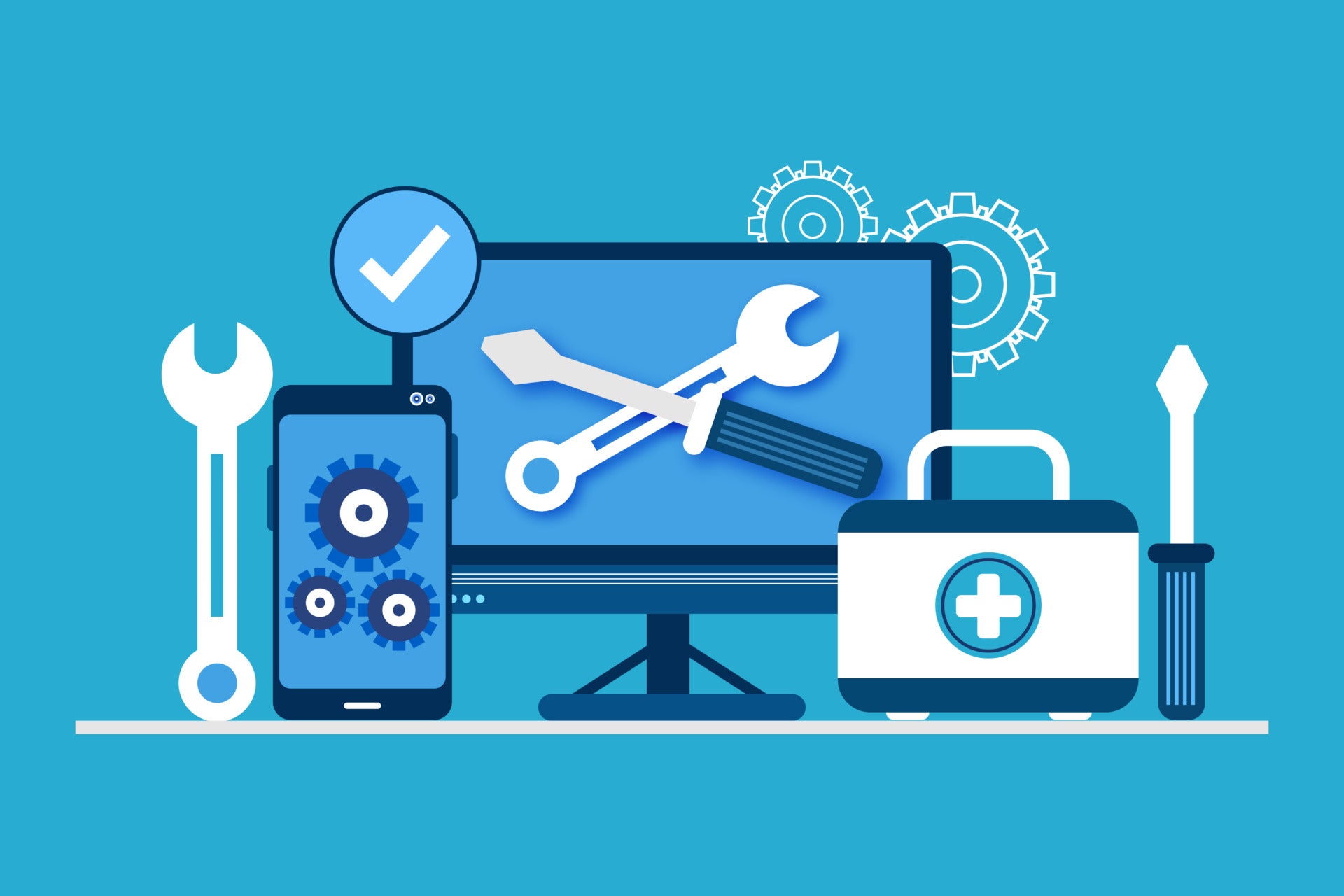Today, some 46 million Americans live in rural America. That’s a lot of fellow Americans. But did you know that less than five percent of the rural American workforce works in agriculture? That’s right, the vast majority of the rural workforce labors in other sectors—healthcare, manufacturing, retail, energy and public service just to name a few. Of course, agriculture remains vitally important in rural (and all of) America. But long gone are the 1930s when fully one quarter of Americans—not just rural Americans, but all Americans—lived and worked on a farm.
The 2018 farm bill became the law of the land in December. As you may have picked up from the news coverage, the food and farm provisions of the farm bill got plenty of attention. But given the statistics on rural employment it is reasonable to ask: What’s in the farm bill for the millions rural Americans who are not involved in agriculture?
The first answer is: Lots! The farm bill maintains the authority for the US Department of Agriculture to coordinate federal rural policy and ensures that a division within USDA called Rural Development continues to focus on improving the quality of life in rural America. As we discussed in a previous blog, the farm bill updates some of the key statutes governing the activities of USDA Rural Development and makes grants, loans, and loan guarantees available to towns, businesses and non-profits in rural areas across the country. These programs are intended to provide rural people and places with affordable financing options for everything from water and wastewater systems, broadband, electricity, renewable energy, housing, hospitals and business development. And, since the future of many rural places is directly tied to how land and natural resources are managed, farm bill provisions related to forestry, conservation, renewable energy, and the development of food systems matter a whole lot too.
The second answer to the question is the farm bill doesn’t do nearly enough: Our current rural policy framework is outdated and insufficient – because it is out of step with modern rural realities. Remarkable people and organizations across rural America are working to secure a vibrant and enduring future for their communities amidst rapid and continual economic restructuring. But they are doing so within the confines of policies intellectually rooted in times past, many from the post-depression era when bringing electricity to rural America was our moonshot and when farm policy could rightly be considered rural policy. Just like communities everywhere, rural places are complex and multi-sectoral; modern healthcare, education, housing, technology, and tax policies all influence rural livelihoods. But the farm bill doesn’t touch these! And, while the decisions and programs of most federal agencies affect rural communities in one way or another, rural analyst Tadlock Cowan correctly observes that there is no overarching framework for federal rural policy. So, in these ways, the 2018 farm bill falls far short of fashioning the kind of federal partner that rural places need to build communities that are vibrant, modern, enduring and inclusive.
Now that the 2018 farm bill is the law of the land, the US Department of Agriculture has turned its attention to implementation and program delivery. Between now and when the farm bill is up for re-authorization again in 2023, it’s up to the civic, philanthropic and private sectors to develop a smarter, modern policy framework that aligns with 21st Century rural realities. What happens over the next four years will determine the starting point when Congress begins work on the 2023 farm bill. Here are three ideas to get the wheels churning:
- Go to the source. Seek input from rural practitioners of all stripes from across the country to learn more about the innovations already underway in rural America. Ask these practitioners to be involved in designing large-scale ideas and small-scale reforms so that federal policy supports and aligns with tested approaches. The America’s Rural Opportunity Series hosted by the Rural Development Innovation Group is one such effort to listen and learn from rural practitioners about what works—and what needs to change.
- Do economic development differently. Over-reliance on standard approaches to economic development, like large business recruitment, generally don’t do right by rural America. What would it take to provide local leaders, economic development agencies and rural people with support and training to implement innovative models, like WealthWorks, that are rooted in building on existing assets to create and retain wealth for rural people, places and firms within regional markets?
- Study abroad. To design smart rural policy here at home, consider what we can learn about what works in other countries. One source for information and lessons on what works—and what doesn’t: The Regional and Rural Working Group within the Organization for Economic Cooperation and Development. For example, we might garner new ideas about how to effectively make long-term investments in people, organizations, and places – or how to go about providing ample support for research and data collection to build a robust body of evidence around what works for rural America. Learning (humbly) from other countries may prompt us to rethink our own approach to rural development.


